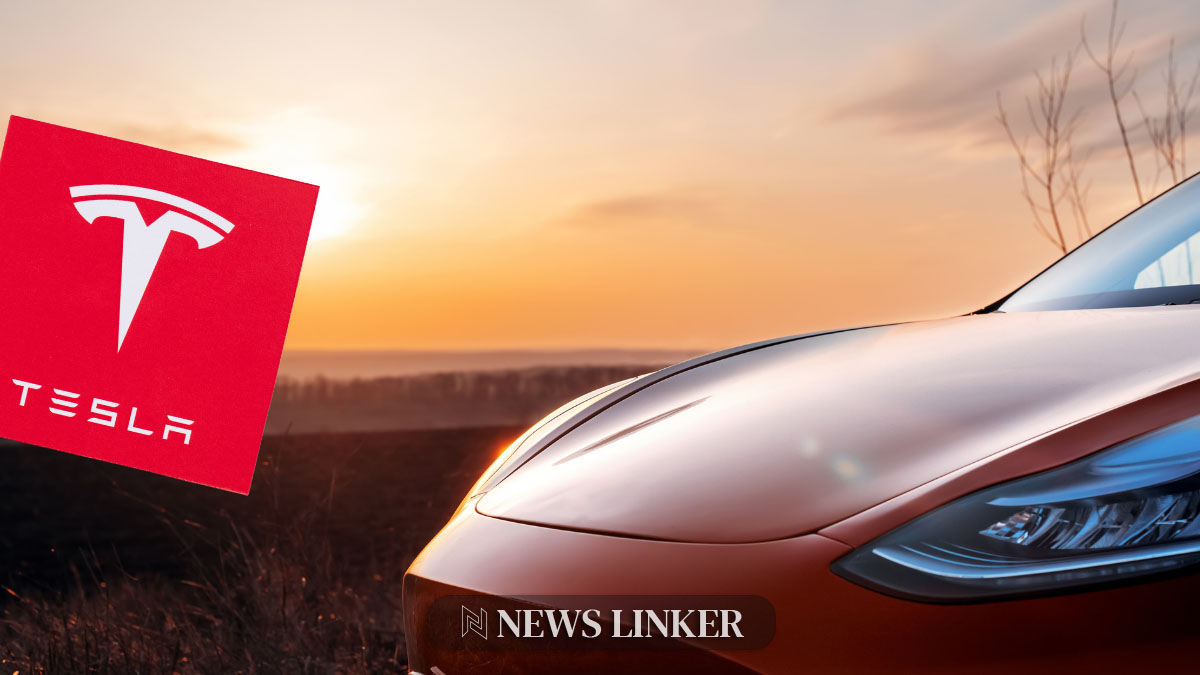Stellantis has made a strategic decision to stop purchasing regulatory emissions credits from Tesla, a move that marks a significant shift in its approach to meeting environmental standards. The automaker’s previous practice of buying credits has allowed it to avoid substantial fines associated with failing to achieve annual emissions targets. Tesla’s sale of these credits has generated nearly $9 billion in revenue, benefiting from partnerships with companies like Fiat Chrysler Automobiles (FCA), which was a regular client.
Steering Toward Self-Regulation
The new direction for Stellantis involves a shift in mentality — to self-regulate and adhere to emission norms without relying on external credit purchases. This aligns with the company’s broader aim to bolster its electric vehicle (EV) portfolio. Stellantis CEO, Carlos Tavares, has expressed a firm stance against buying Tesla credits moving forward, focusing instead on expanding EV options and refining the company’s strategy regularly to ensure compliance.
Adjusting Strategies for Compliance
Tim Kuniskis, who oversees Dodge and Ram brands within the Stellantis group, conveyed Tavares’ resolute policy against credit purchases, emphasizing the company’s commitment to making difficult decisions and frequently adjusting plans to maintain compliance trajectories. This rigorous approach to self-regulation is expected to catalyze the company’s transition to cleaner technologies and lower-emission vehicles.
To further its environmental goals, Stellantis is not only phasing out the use of high-emission engines but also actively investing in the development of cleaner powertrains. The Hurricane engine family is slated to replace the iconic HEMI engines, offering improved fuel efficiency and reduced emissions.
In addition, the company is advancing its EV ambitions with the development of the STLA platform, which will underpin upcoming electric models such as the all-electric Jeep Wagoneer S. These initiatives are part of a comprehensive effort to embrace sustainable mobility and meet stringent environmental standards without external support.
Accelerating the electric transition and saying no to emissions credits signify Stellantis’ commitment to environmental responsibility and sustainable innovation. By focusing on internal capabilities and technological advancements, the automaker is set to reshape its future in the automotive landscape.










